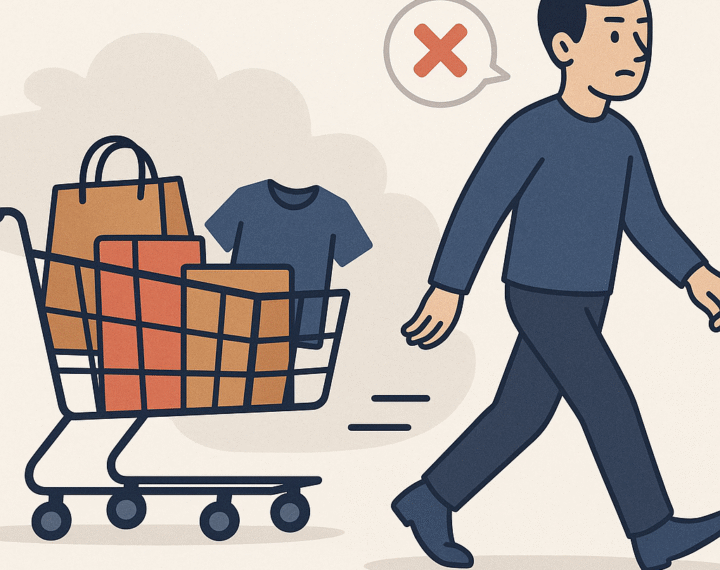
Recovering Lost Sales: How to Tackle Cart Abandonment in E-commerce
Cart abandonment refers to the phenomenon where a prospective customer adds a wish list of products to their online shopping cart but exits the platform without finalizing the purchase. This represents a prevalent challenge within the e-commerce industry.
According to Statista, cart abandonment rates have been climbing steadily since 2014, after reaching an all time high in 2013. In 2023, the share of online shopping carts that is being abandoned reached 70% for the first time since 2013.
Sellers Commerce, reported that on a global scale e-commerce businesses lose a potential revenue of $18 billion due to abandoned carts in a year. Roughly that comes up to 0.3% of the total e-commerce revenue. The projected value of merchandise that gets abandoned in online carts every year is around $4 trillion.
The average cart abandonment rates by device are as follows: Mobile users experience the highest cart abandonment rate, Followed by tablet users, with desktop users not far behind.
Websites selling luxury and jewelry products have the highest cart abandonment rate, followed by fashion and apparel, electronics, and home and furniture.
According to a report by Dynamic Yield, the APAC region has the highest cart abandonment rate, reaching 80.81%. This is followed by EMEA at 76.5% and the Americas at 71.16%. The regional differences in cart abandonment shed light on the various consumer behaviours and shopping experiences.
Cart abandonment can happen for a number of reasons, one of which is that the customer might not actually be looking to buy a product from that particular website. Some might just be browsing, exploring a new brand or product, or comparing prices between different e-commerce sites. It can also happen when a customer adds a product to the cart but forgets to complete the purchase, or when they have three similar items with the same product portfolio but a different variant or the quantity. Other potential reasons for cart abandonment include:
- Extra costs like shipping and taxes
- Unexpected high costs
- Forcing buyers to create an account
- Lack of trust
- Poor user experience or technical errors
- Lower price from competitors
- Limited payment methods
- Inflexible return policy
- Long checkout process
- Long delivery time
- No discounts or promo codes available
- Payment security concerns
- Unclear pricing
- Restrictions on the number of units of a specific product you can purchase
While the reasons behind cart abandonment in e-commerce may seem overwhelming, the good news is that there are proven strategies to effectively reduce abandonment rates and improve conversion outcomes.
To reduce cart abandonment, e-commerce businesses should prioritize a smooth and transparent checkout experience, offer a variety of payment options, clearly display pricing, and provide straightforward shipping and return policies. Additionally, strategies such as exit-intent popups and abandoned cart emails can be effective. It’s also crucial to ensure the website is user-friendly across all devices, offer free shipping, provide discounts, and emphasize savings.
In Conclusion, cart abandonment remains a significant challenge for e-commerce businesses, leading to billions in lost potential revenue each year. However, understanding the factors contributing to cart abandonment and implementing the targeted strategies can help mitigate its impact. By focussing on a seamless checkout process, offering different payment options, and addressing common pain points like shipping costs and trust issues, businesses can improve their conversion rates. Additionally, employing tactics such as exit-intent popups, abandoned cart emails, and ensuring mobile optimization can further reduce abandonment. Ultimately, a customer-centric approach will drive better results and boost sales in the competitive e-commerce landscape.








